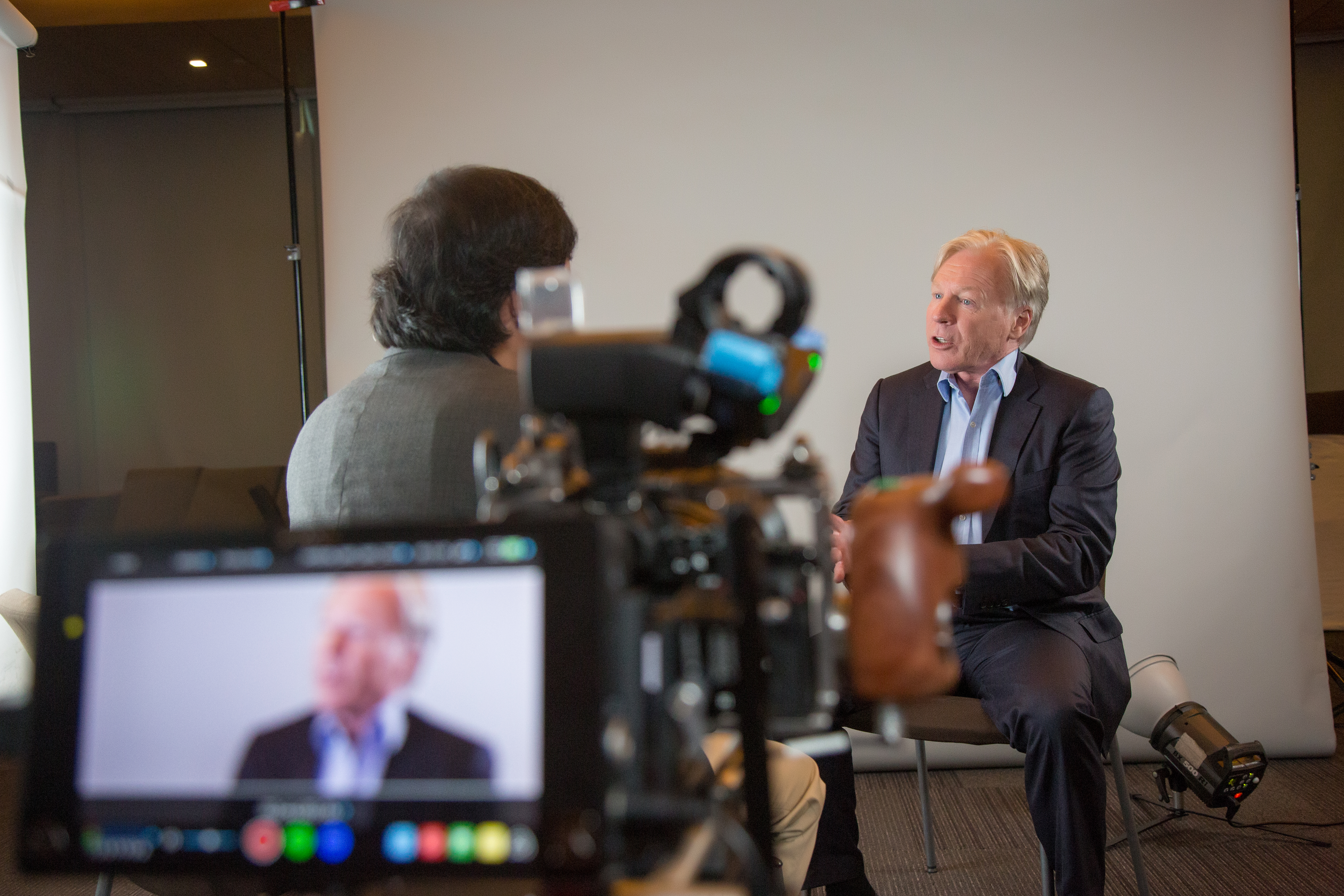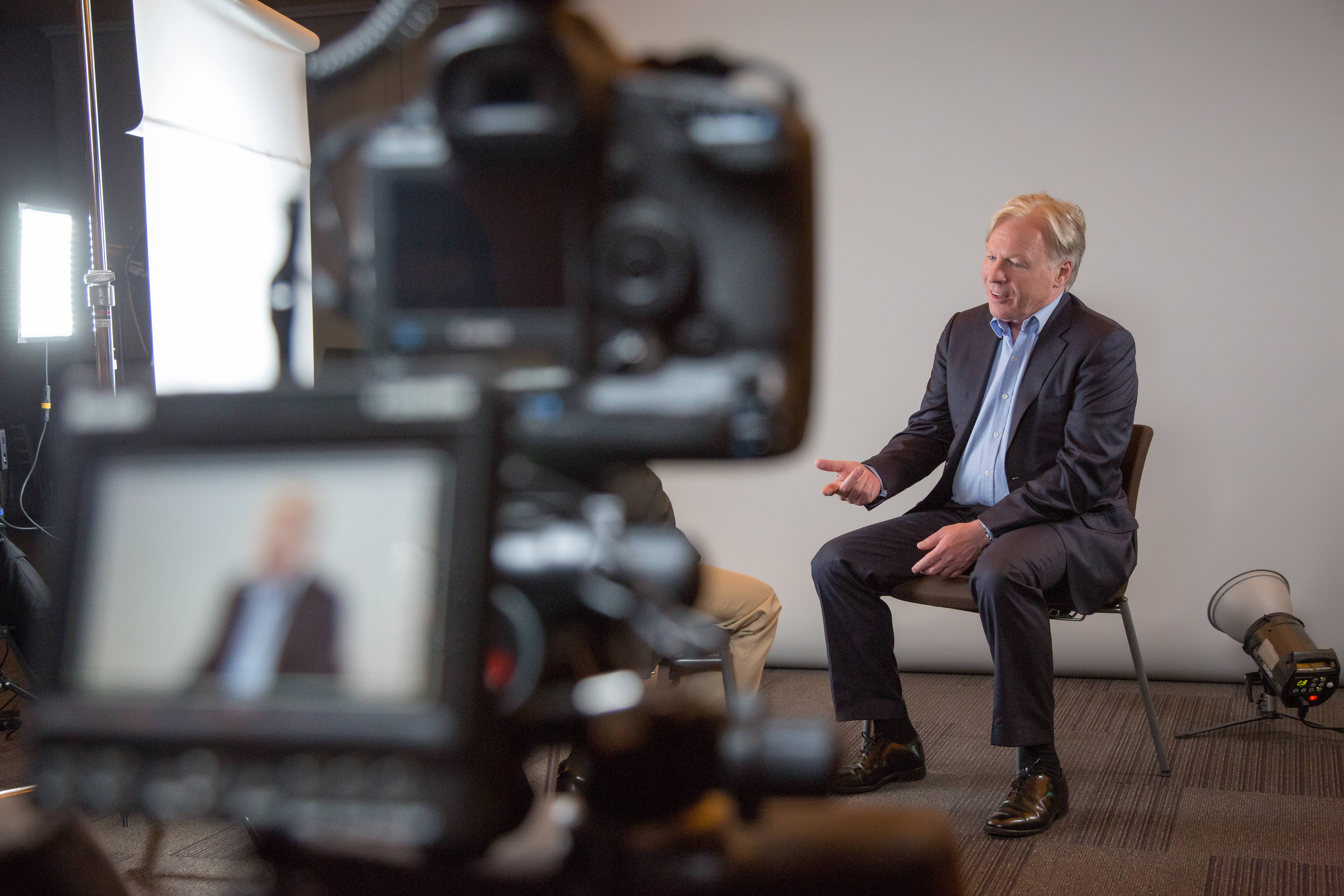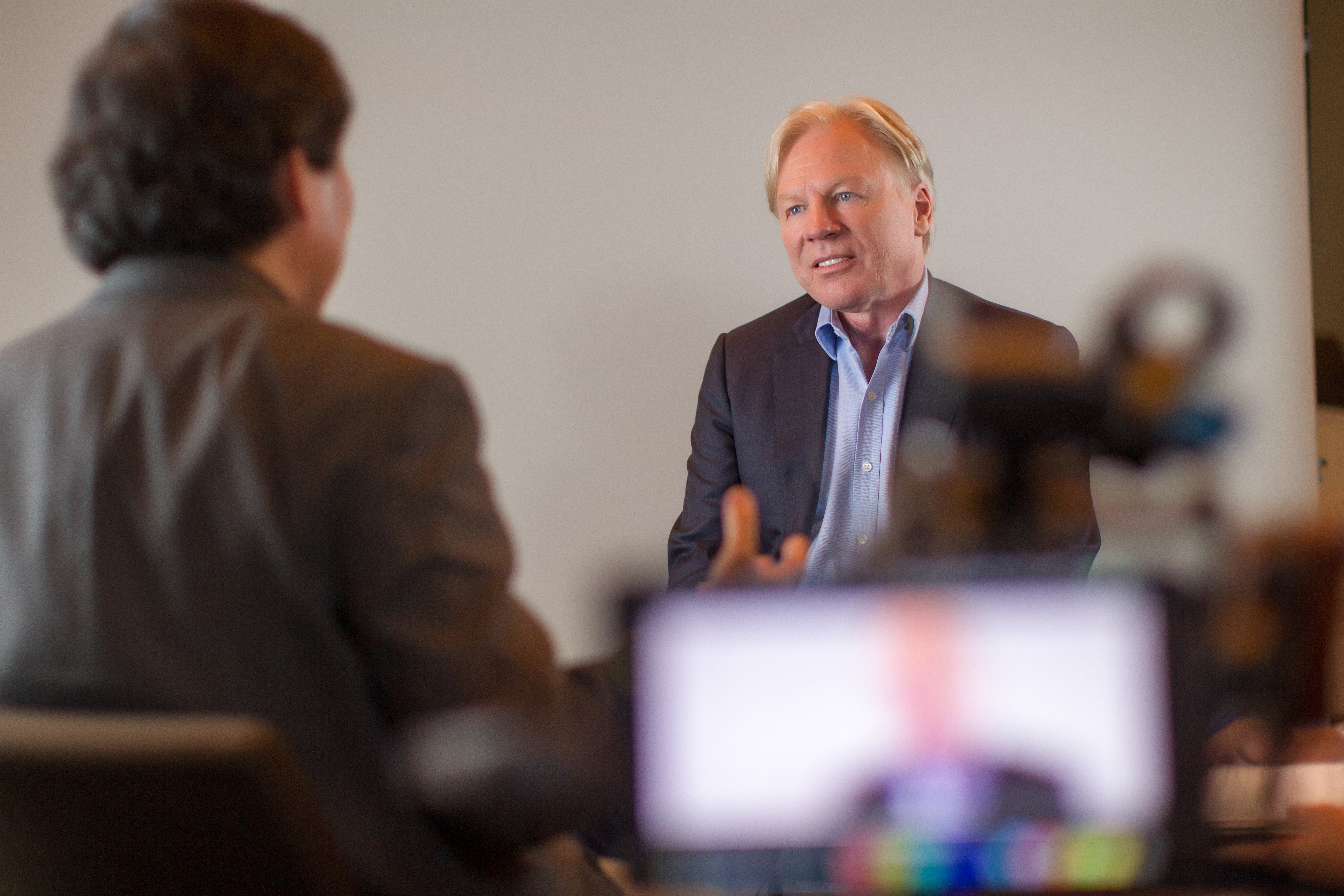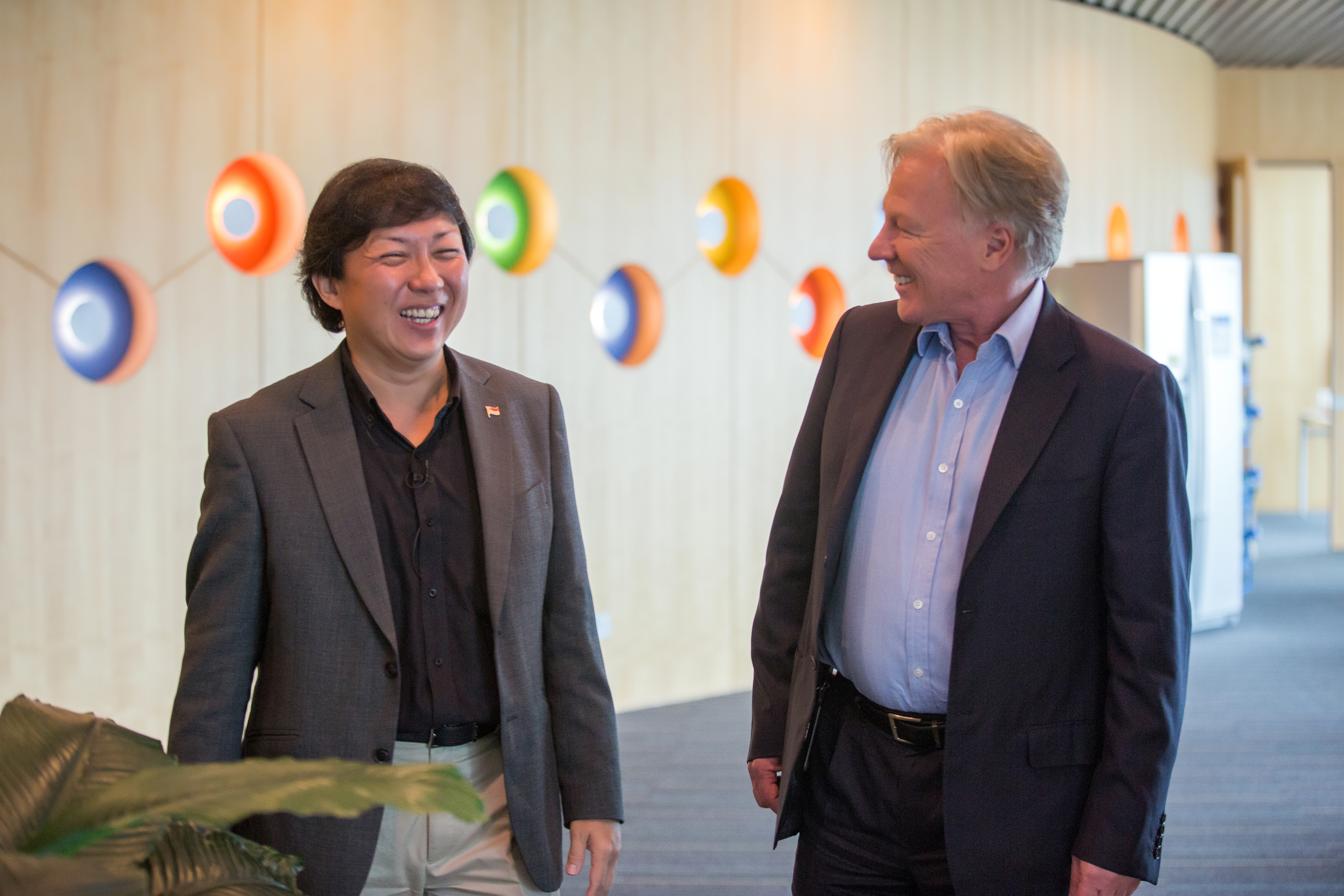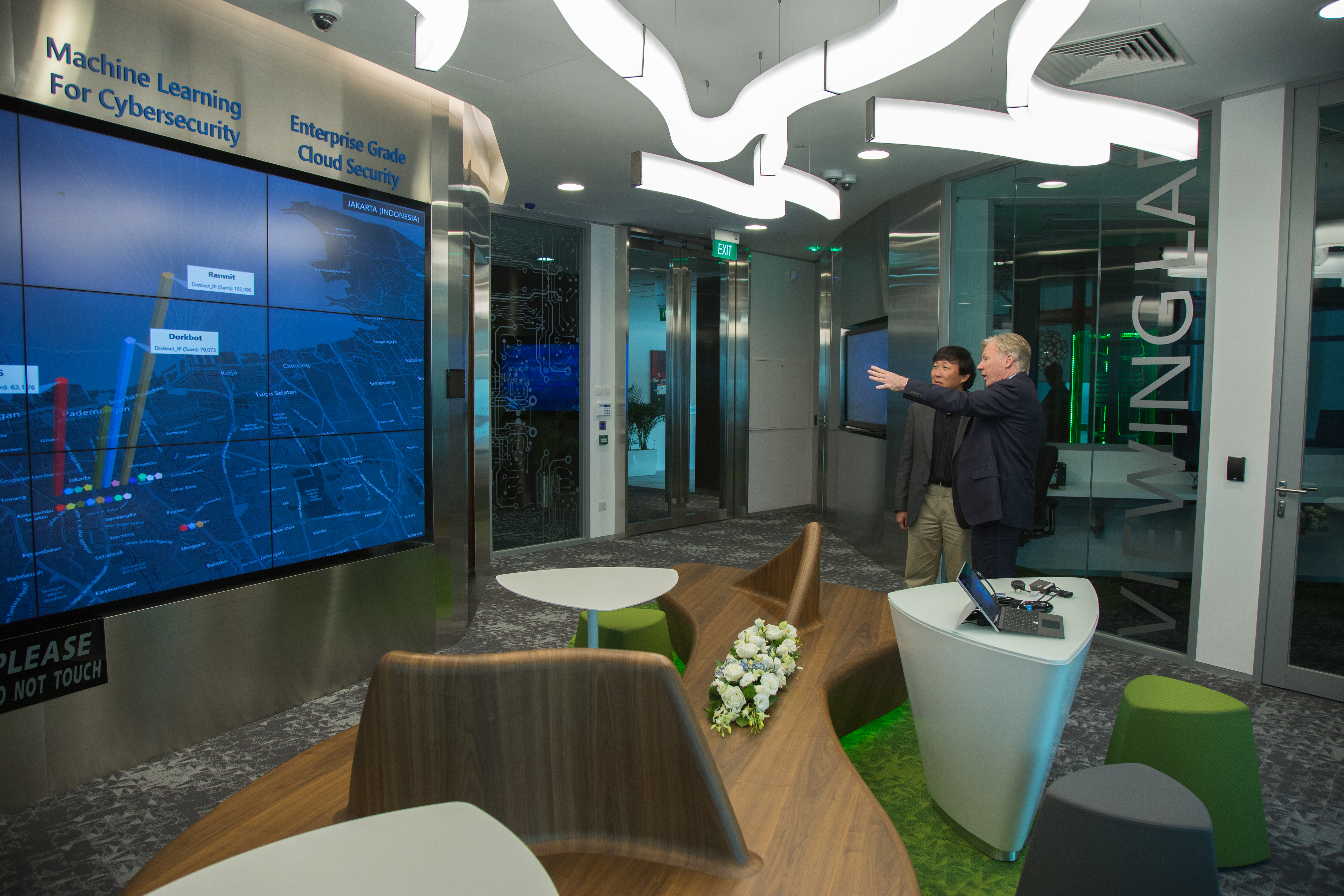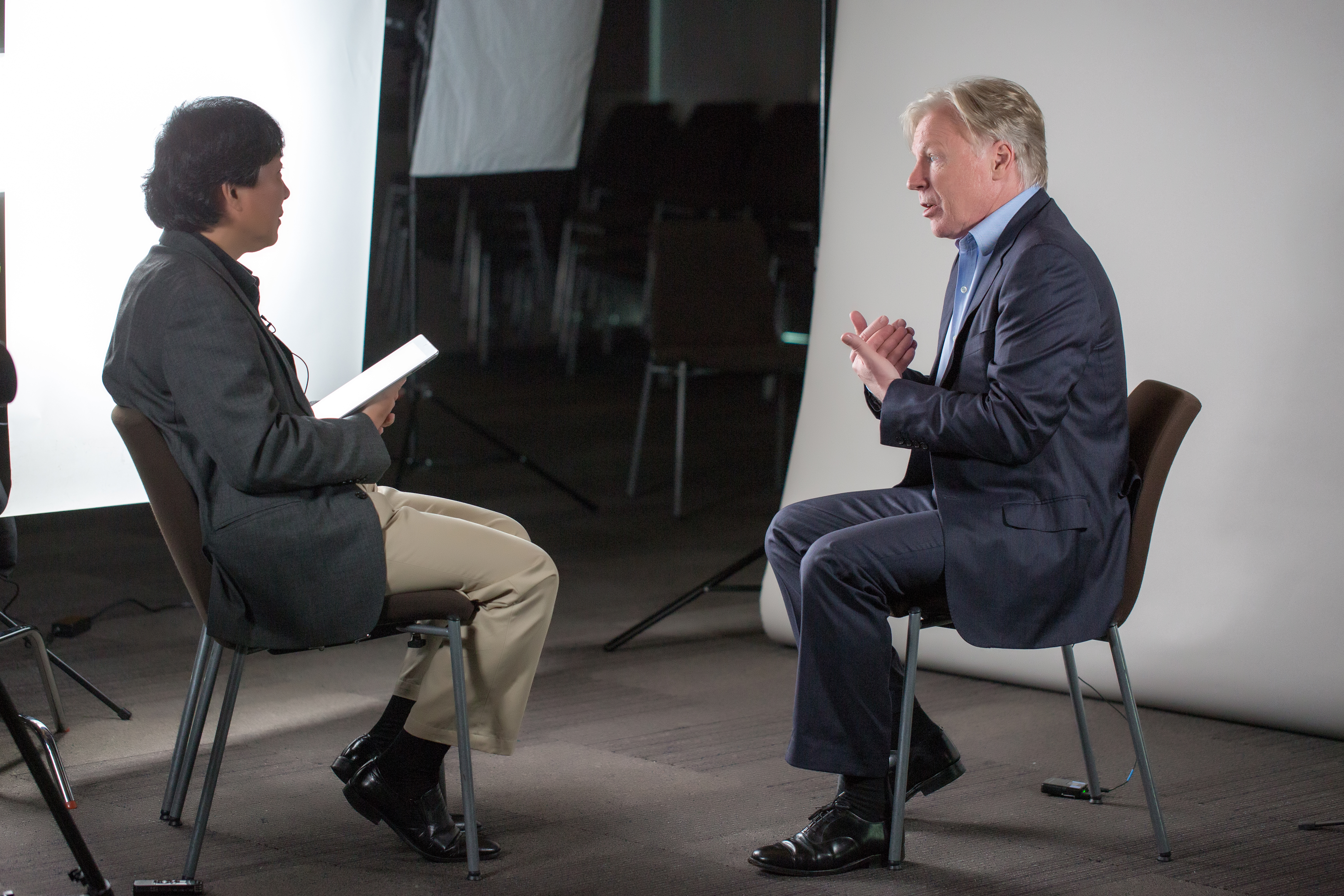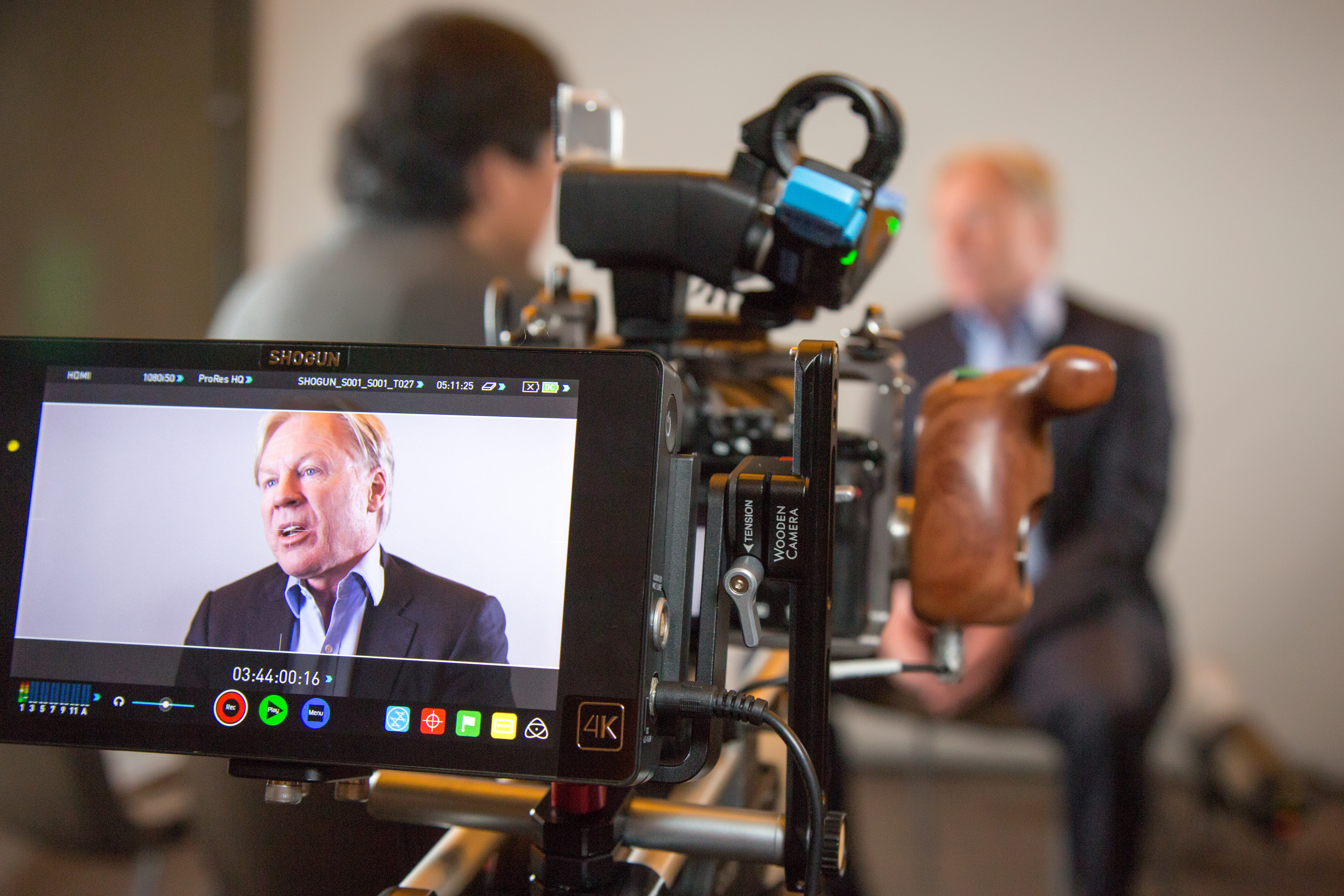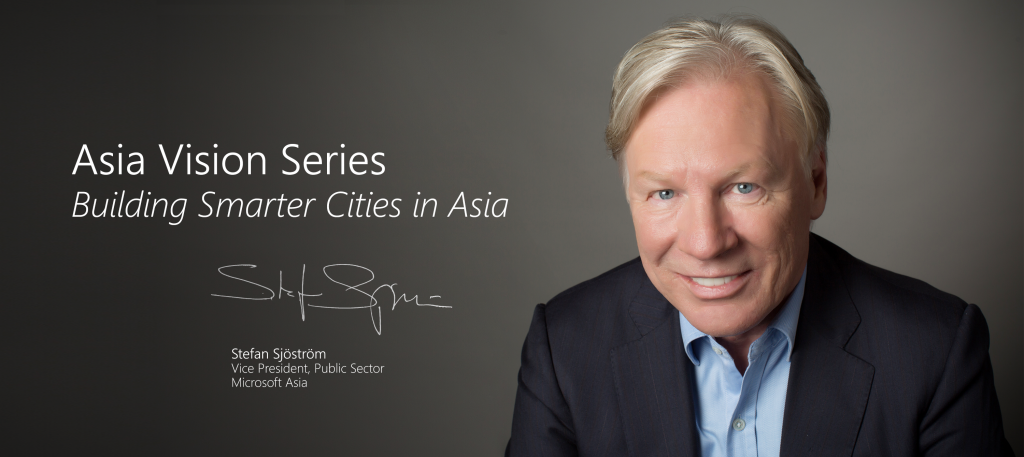
What makes a Smart City?
In our Asia Vision Series features, we dive into key industry trends and issues with our subject matter experts and visionaries across the region. In part 1 of 3 in this interview, Koh Buck Song, author and editor of more than twenty books and former political supervisor for Singapore broadsheet The Straits Times, speaks with Stefan Sjöström, vice president of Public Sector, Microsoft Asia. Sjöström shares how he came to oversee sales and market development activities for Government, Public Safety & National Security, Healthcare and Education across the region, and how his work has redefined the meaning of Smart Cities for him.
There is nothing more gratifying than seeing how technology is being put to good use in improving the quality of people’s lives.
Growing up in Stockholm, Sweden, Stefan Sjöström’s world view had always been influenced by the city’s emphasis on sustainability and technology. Stockholm’s green reputation and commitment to digital governance haveled to it being named one of the 10 smartest cities in Europe, and the city has even outlined how it intends to deploy technology to address urbanization issues – such as housing and transportation, in its Vision 2030 smart city plan.
However, the impact of technology only hit Sjöström in a very personal way 12 years ago. “I was diagnosed with throat cancer, and had a period of 8 days when I literally didn’t know whether I had 3 weeks or 3 months or 3 years left to live – I was completely lost,” he recounts. As he underwent treatment, Sjöström realized how an early diagnosis had made all the difference between life and death for him – and could do so for everyone else if they had access to the technology to help them. He resolved then, if given a second chance to live, he wanted to give back to society – and the most impactful way to do so was to democratize technology for the public good.
Sjöström’s desire to be of greater service to the world, especially in Asia where some of the least wired nations are found, was reinforced by a trip he took to Laos with his wife some years ago. Originally intended as a retirement holiday, the plight of the people in the remote village they visited made him realize there was still more that he wanted to accomplish.
“They struggled with clothes, they struggled with electricity and clean water etc. And I felt very powerless, because there was very little I could do as a tourist. When Microsoft asked me to lead its division that engages the public sector in the region and work with governments and city leaders to draw value from technology, I saw it as my chance to make a difference. That, coupled with having the energy of wanting to do good things, was a wonderful opportunity for me to give back to the community.”
Today, Sjöström serves as vice president of Public Sector, Microsoft Asia, overseeing sales and market development activities for Government, Public Safety & National Security, Healthcare and Education across the region. He also spends a fair amount of time demonstrating to Asia Pacific leaders how technology can be leveraged as a game changer.
For instance, in 2015, Sjöström led the way in showing senior government officials how information and communications technology (ICT) can be used to combat human trafficking. In partnership with the International Organisation for Migration (IOM) and experts from several UN agencies and the United States Agency for International Development (USAID), he championed the launch of a crowd funding portal, www.6degree.org, with the aim of raising funds to repatriate victims of trafficking.
One of the things that has struck Sjöström most since undertaking this role, is the concept of smart cities taking on a new meaning in today’s digital world. While it used to typically refer to just access to technologies, it has evolved and become more exciting through the confluence of cloud and digital technologies. Now, it would be more accurate to define a smart city by how it is harnessing the cloud to deliver services to citizens in a manner that is flexible, scalable and secure.
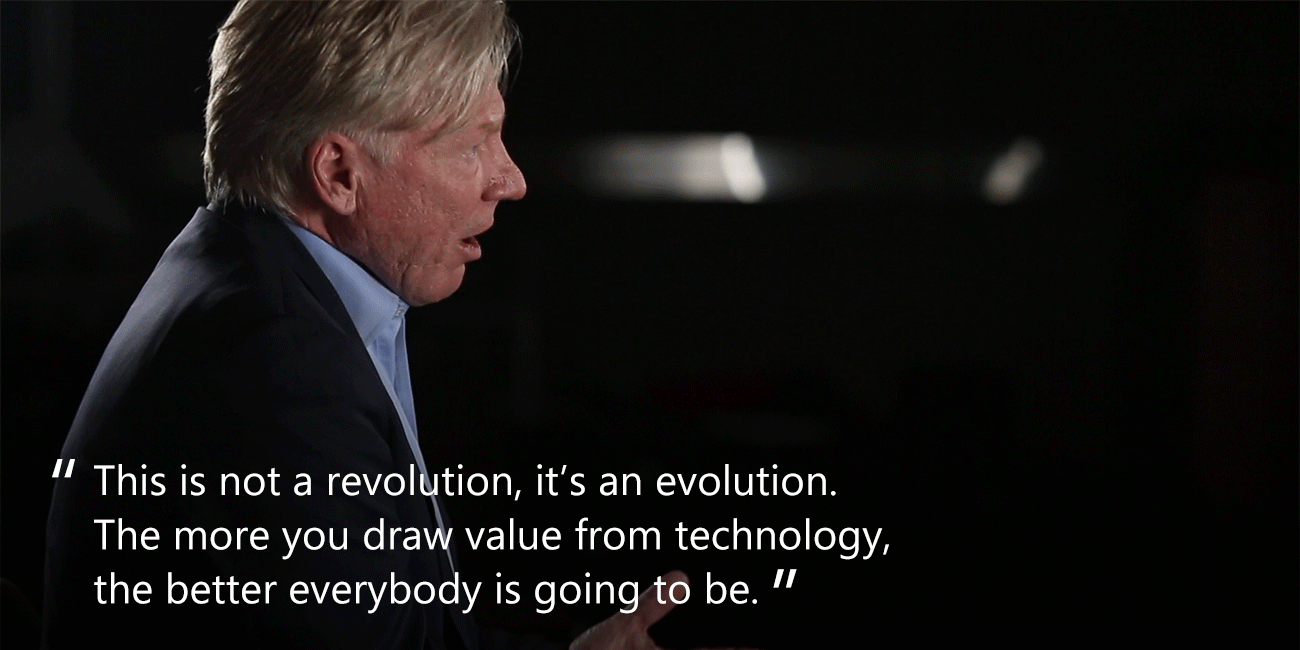
Sjöström cites the example of Singapore, which is embracing cloud technologies to develop solutions to unique problems like flash floods. “What the city has done is publish APIs, so software developers have access to CCTV cameras and water sensors. Solutions have since been developed to enable shopkeepers to know what the water level is in Singapore at any moment in time, and to alert them when the water level gets too high to avoid inventory damage.”
Body-worn cameras are another great example, said Sjöström, of how technology can help to drive social issues and behavior in a constructive, positive way. “It is proven that in the United States, when police use body-worn cameras they encounter fewer dramatic incidents. If something ends up being caught, the evidence is captured and well represented, and it helps in better and faster decision-making.”
But Sjöström is quick to note that cloud-driven innovations are not exclusive to developed countries. In this digital world, technology should be a leveler of the playing field, and empower emerging countries to dream bigger than before. He is especially hopeful about closing the digital divide through smartphones, the very device on which most people in these markets access the internet and do mobile banking due to a lack of easy access to banks.
There is basis for Sjöström’s optimism; as part of his role, he works with numerous city mayors to organize ‘appathons’ – events where local youth develop mobile applications that can solve problems in their cities and raise the quality of life.
Sjöström recalls being particularly impressed by M-Bonk, at the Microsoft CityApp Appathon held in Sidoarjo, Indonesia, in October 2015. This mobile application allows citizens to report poor road conditions to authorities for prompt action. With the app, citizens can tag and send reports or photos of issues like potholes using their smartphones. “I think M-Bonk is a wonderful example of a people-first approach towards technology. True transformation can only be achieved if technology enables collaboration and citizen engagement.”
Introducing technology to underserved communities and helping them realize what they can achieve was a big reason for Sjöström to abandon his retirement plans at age 55. Has he accomplished all that he has set out to do? Would he want to kick back and relax anytime soon?
“I think I’ve come to the stage where I don’t think I will ever retire. There is always going to be an opportunity to give back to the community, and now I have a wonderful platform to do so,” said Sjöström with a slight smile.
How are cities across Asia tackling challenges with technology, and what are some considerations as they build their digital infrastructure? Sjöström shares his observations from interacting with regional leaders in part 2 here on how to make a smart city, and part 3 here on the transformational power of thinking young.
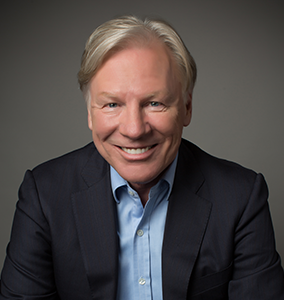 Stefan Sjöström
Stefan Sjöström
Vice President, Public Sector
Microsoft Asia
Stefan Sjöström is the vice president of Public Sector, Microsoft Asia. He oversees sales and market development activities for Government, Public Safety & National Security, Healthcare and Education across the region. In his role, Sjöström seeks to enable and empower leaders across the public sector to draw value from technology to shape the future. He has also worked with numerous city mayors to jointly organize events where youth develop applications to improve the quality of life in their cities. Sjöström joined Microsoft in 2009, and is an IT veteran with over 30 years of work experience across different markets.
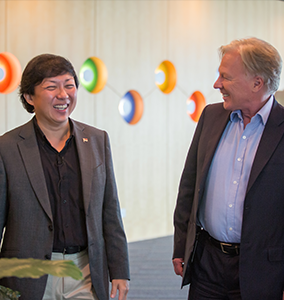 Koh Buck Song
Koh Buck Song
Koh Buck Song is an author who has written and edited over twenty books, and a consultant in branding, communications strategy and corporate social responsibility in Singapore. He drove the positioning of Singapore as a “global entrepolis” as former Head of Marketing, Corporate Communications and Strategic Planning at the Economic Development Board from 1999 to 2005. Buck Song was also a former a political supervisor for The Straits Times. He graduated from the University of Cambridge and the University of London in the United Kingdom, and from the John F. Kennedy School of Government at Harvard University in the US, where he was a Mason Fellow and earned a master’s degree in public administration.






